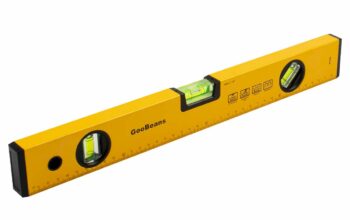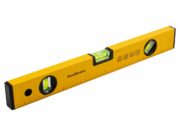Quantum processors represent a transformative leap in computational capability, promising speeds that defy classical logic. This investigatory exploration into quantum processing speed necessitates a deeper understanding of both fundamental quantum mechanics and the intricate architecture of quantum computing systems. At their core, quantum processors harness the peculiarities of quantum bits, or qubits, which epitomize a profound departure from the binary constraints of classical bits.
Classic bits, integral to classical computing, exist in a state of either 0 or 1 whereas qubits can concurrently occupy multiple states due to the principle of superposition. This foundational characteristic cultivates an environment where quantum processors can, theoretically, execute complex calculations at unprecedented rates. The concept of superposition, while abstract, implies that a single qubit can represent numerous combinations of states simultaneously. Hence, a quantum processor with several qubits can process an exponentially larger amount of information relative to its classical counterpart.
Entanglement, another quintessential property of quantum mechanics, further enhances the computational prowess of quantum processors. When qubits become entangled, the state of one qubit instantly correlates with the state of another, regardless of the spatial separation between them. This phenomenon enables quantum processors to perform operations on multiple qubits at once, which can dramatically expedite computations, especially in complex problem-solving scenarios such as cryptography and optimization tasks.
The metric for determining the speed of a quantum processor is not merely a matter of frequency of gates used or cycle times, but rather involves the execution of algorithmic efficiency. Grover’s algorithm, for instance, exemplifies a quantum algorithm that achieves a quadratic speedup for unstructured search problems. On the other hand, Shor’s algorithm signals a seismic capability, allowing for the integer factorization of large numbers exponentially faster than the best-known classical algorithms. Such enhancements pivot towards tangible implications in cryptographic applications, illustrating a paradigm shift in computational methodology.
Comparatively, various benchmarking metrics such as gate fidelity, qubit coherence times, and error rates play crucial roles in assessing quantum processor performance. Gate fidelity indicates the accuracy of qubit operations, while coherence time measures the temporal stability of the qubit’s state. As current quantum processors continue to showcase hurdles, including error susceptibility and decoherence, ongoing research aims to develop error correction codes and more robust qubit architectures that mitigate these challenges.
The architecture of quantum processors is as integral to their speed as the qubits themselves. Several competing technology paradigms—including superconducting circuits, trapped ions, and topological qubits—exhibit divergent characteristics in terms of operational speed and coherence. For instance, superconducting qubits tend to operate at microwave frequencies, facilitating rapid gate operations but are susceptible to noise. Conversely, trapped ion systems benefit from lower error rates and longer coherence times, albeit at the expense of slower gate operations. This brand of engineering ingenuity underlines the intricate balance between speed, scalability, and reliability in quantum processing.
Practical implementations of quantum processors are becoming increasingly salient. Companies like Google, IBM, and Rigetti are in an arms race to develop fault-tolerant quantum computers. Google’s claim of achieving “quantum supremacy” by performing a computation in 200 seconds, which would take an estimated 10,000 years on the fastest supercomputers, signifies a cataclysmic milestone in the trajectory of quantum processing. This benchmark intensifies interest not solely in speed but in the algorithmic complexity solvable by quantum machines—implying a vast expanse of uncharted computational territory.
The burgeoning field of quantum computing unlocks myriad tantalizing possibilities that extend beyond mere arithmetic. Applications in drug discovery, materials science, and artificial intelligence beckon quantum processors to showcase their exceptional capabilities. For instance, simulating molecular interactions for pharmaceutical development could drastically reduce the time and cost incurred in traditional approaches—leading to groundbreaking advancements in health sciences.
Yet, despite the alluring prospects that quantum computing delivers, challenges loiter in the shadows of its burgeoning promise. The transition from theoretical models to practical, commercially viable solutions entails navigating substantial sociotechnical hurdles. Ensuring that quantum processors can operate reliably in real-world conditions, where noise and decoherence reign, necessitates revolutionary advancements in quantum error correction and fault tolerance mechanisms.
As researchers continue to refine quantum technologies, fostering interdisciplinary collaboration will be crucial. Quantum computing embodies intersectional themes spanning physics, computer science, and engineering, requiring not merely specialists but also holistic integration across scientific domains. Educational initiatives aimed at cultivating proficiency in quantum mechanics and computing will facilitate a generation of innovators poised to exploit this computational frontier.
In sum, quantum processors encapsulate both an intriguing enigma and a promising frontier in the realm of computational science. Through their unique manifestations of speed, facilitated by superposition and entanglement, the potential for consequential advancements looms large. As stakeholders endeavor to overcome current limitations, a shift in perspective towards the acceptance of quantum computing’s unique paradigms appears increasingly pertinent, assuring that future breakthroughs will resonate across disciplines.












